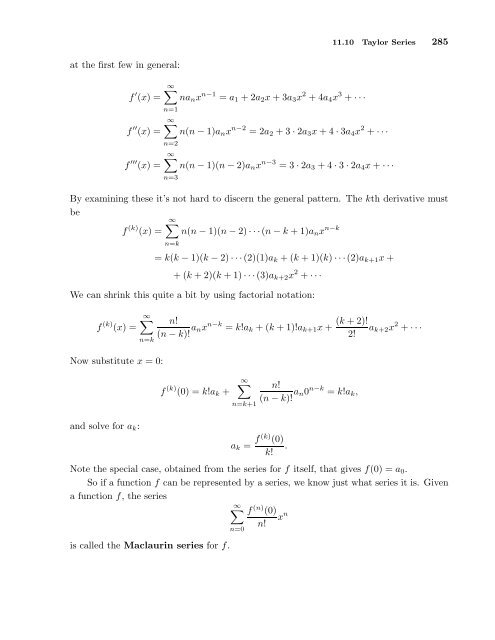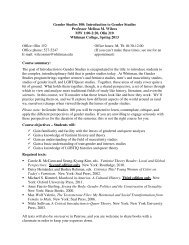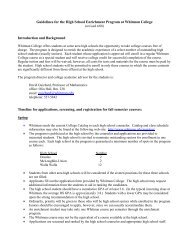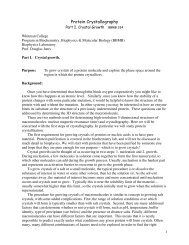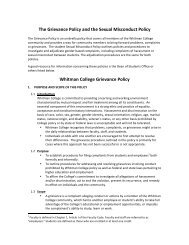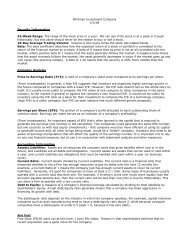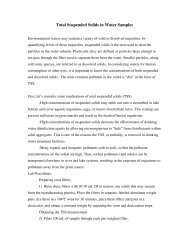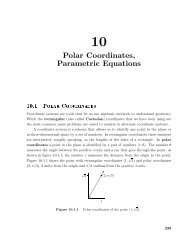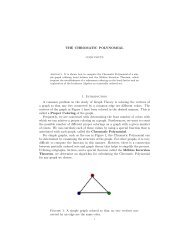Sequences and Series
Sequences and Series
Sequences and Series
Create successful ePaper yourself
Turn your PDF publications into a flip-book with our unique Google optimized e-Paper software.
11.10 Taylor <strong>Series</strong> 285at the first few in general:f ′ (x) =f ′′ (x) =f ′′′ (x) =∞∑na n x n−1 = a 1 +2a 2 x+3a 3 x 2 +4a 4 x 3 +···n=1∞∑n(n−1)a n x n−2 = 2a 2 +3·2a 3 x+4·3a 4 x 2 +···n=2∞∑n(n−1)(n−2)a n x n−3 = 3·2a 3 +4·3·2a 4 x+···n=3By examining these it’s not hard to discern the general pattern. The kth derivative mustbe∞∑f (k) (x) = n(n−1)(n−2)···(n−k +1)a n x n−kn=k= k(k −1)(k−2)···(2)(1)a k +(k +1)(k)···(2)a k+1 x++(k+2)(k +1)···(3)a k+2 x 2 +···We can shrink this quite a bit by using factorial notation:f (k) (x) =∞∑ n!(n−k)! a nx n−k = k!a k +(k+1)!a k+1 x+ (k+2)! a k+2 x 2 +···2!n=kNow substitute x = 0:<strong>and</strong> solve for a k :f (k) (0) = k!a k +∞∑n=k+1n!(n−k)! a n0 n−k = k!a k ,a k = f(k) (0).k!Note the special case, obtained from the series for f itself, that gives f(0) = a 0 .So if a function f can be represented by a series, we know just what series it is. Givena function f, the series∞∑ f (n) (0)x nn!is called the Maclaurin series for f.n=0


